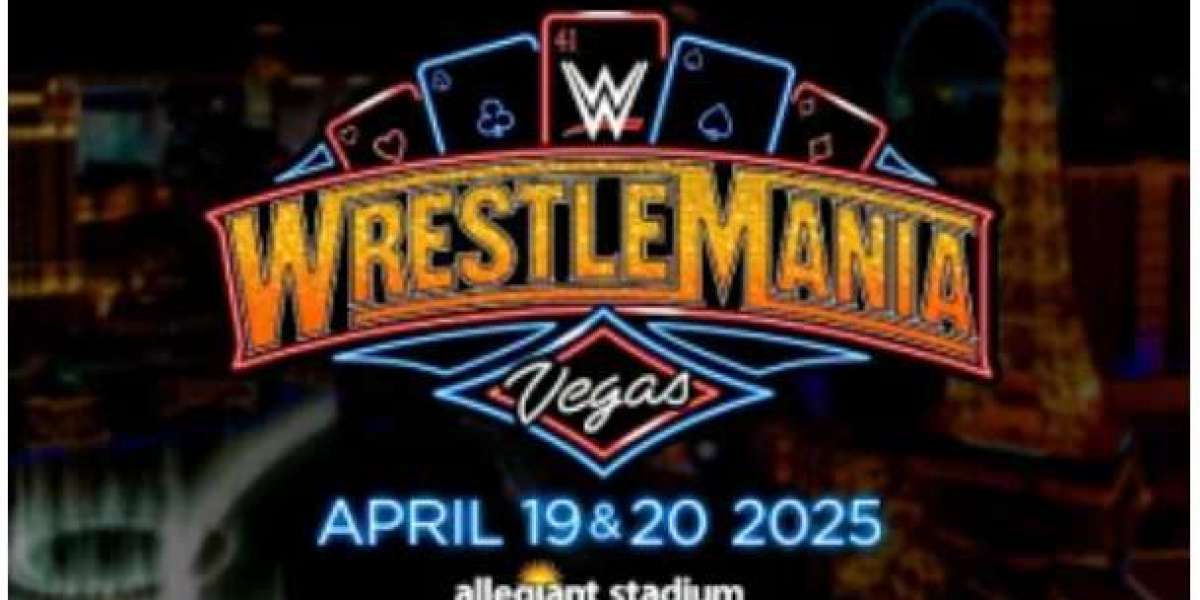World Watch Wrestling (WWE) is the undisputed leader in sports entertainment, captivating millions of fans worldwide with its larger-than-life superstars, gripping storylines, and high-octane action. With a history spanning decades, WWE has evolved into a global phenomenon, producing multiple weekly programs, pay-per-view events, and groundbreaking moments. This article explores WWE’s flagship shows, its evolution, and its impact on wrestling culture—all within the framework of its most iconic programs.
The Evolution of WWE Programming
WWE’s programming has undergone numerous transformations since its inception in the 1950s as Capitol Wrestling Corporation. Under Vince McMahon’s leadership, WWE (then WWF) revolutionized professional wrestling by introducing WrestleMania in 1985, turning wrestling into mainstream entertainment. Over the years, WWE expanded its reach with weekly shows, branching into cable television, streaming platforms, and international markets.
Today, WWE’s programming includes:
- Monday Night Raw
- Friday Night SmackDown
- NXT
- WWE Pay-Per-Views (Premium Live Events)
- WWE Network & Peacock Specials
Each show has a unique identity, catering to different segments of the WWE Universe.
1. Monday Night Raw – The Flagship Show
Debuting in 1993, Monday Night Raw is WWE’s longest-running weekly program. Airing live every Monday, Raw has been home to some of the most iconic moments in wrestling history, including:
- The Attitude Era (1997-2002) – Stone Cold Steve Austin vs. Mr. McMahon, The Rock, and D-Generation X defined this era.
- The Birth of the Women’s Revolution – Charlotte Flair, Becky Lynch, and Sasha Banks redefined women’s wrestling.
- The Bloodline Saga – Roman Reigns’ dominance as the Tribal Chief has been a focal point in recent years.
Raw features a mix of high-stakes matches, dramatic promos, and surprise returns, making it a must-watch for WWE fans.
2. Friday Night SmackDown – The Land of Opportunity
Premiering in 1999, SmackDown was initially a secondary show but quickly became a fan favorite. Known as "The Blue Brand," SmackDown has carved its legacy with:
- The Ruthless Aggression Era (2002-2008) – John Cena, Brock Lesnar, and Eddie Guerrero became household names.
- The SmackDown Six – Edge, Rey Mysterio, Kurt Angle, and others delivered classic matches in the early 2000s.
- The Modern Era – With superstars like Roman Reigns, Bianca Belair, and LA Knight, SmackDown remains a ratings powerhouse.
Since moving to Fox in 2019, SmackDown has gained a broader audience, solidifying its place as WWE’s premier Friday night show.
3. NXT – The Future of WWE
Originally launched in 2010 as a reality competition, WWE NXT evolved into WWE’s developmental brand before becoming a third major show. Known for its emphasis on in-ring talent, NXT has produced future main-eventers like:
- Seth Rollins
- Charlotte Flair
- Kevin Owens
- Becky Lynch
Under Triple H’s leadership, NXT became a critically acclaimed alternative to Raw and SmackDown, featuring TakeOver specials with match-of-the-year contenders. Though now repositioned as a developmental brand again, NXT remains essential for rising stars.
4. WWE Pay-Per-Views (Premium Live Events)
WWE’s biggest matches happen on Premium Live Events (formerly pay-per-views). Some of the most iconic include:
WrestleMania – The Grandest Stage of Them All
The SuperBowl of Watch wrestling, featuring legendary moments like:
- Hulk Hogan vs. Andre the Giant (WrestleMania III)
- The Undertaker’s Streak (21-1 at WrestleMania 30)
- KofiMania (Kofi Kingston’s WWE Title win at WrestleMania 35)
SummerSlam – The Biggest Party of the Summer
Known for blockbuster matches like:
- Brock Lesnar vs. The Rock (2002)
- Bianca Belair vs. Becky Lynch (2022)
Royal Rumble – The Road to WrestleMania Begins
The 30-man/woman Rumble match determines a WrestleMania main-eventer.
Other major events include Survivor Series, Money in the Bank, and Elimination Chamber, each with unique stipulations.
5. WWE Network & Peacock Specials
Since 2014, WWE’s streaming service (now on Peacock in the U.S.) has provided:
- Documentaries (WWE 24, WWE Untold)
- Legends’ Roundtables
- Classic PPV Archives
- Original Shows (Table for 3, Broken Skull Sessions)
This platform ensures WWE’s history remains accessible to new generations.
Conclusion: WWE’s Enduring Legacy
WWE’s programming has shaped wrestling for over 70 years, blending athleticism, drama, and entertainment. From Raw to SmackDown, from NXT to WrestleMania, WWE continues to innovate, ensuring its place as the pinnacle of sports entertainment.
With new stars emerging, legends returning, and global expansion (like WWE Crown Jewel in Saudi Arabia), WWE’s future is brighter than ever. Whether you’re a longtime fan or a newcomer, WWE’s programming offers something for everyone—proving that in the world of wrestling, the spectacle never ends.



